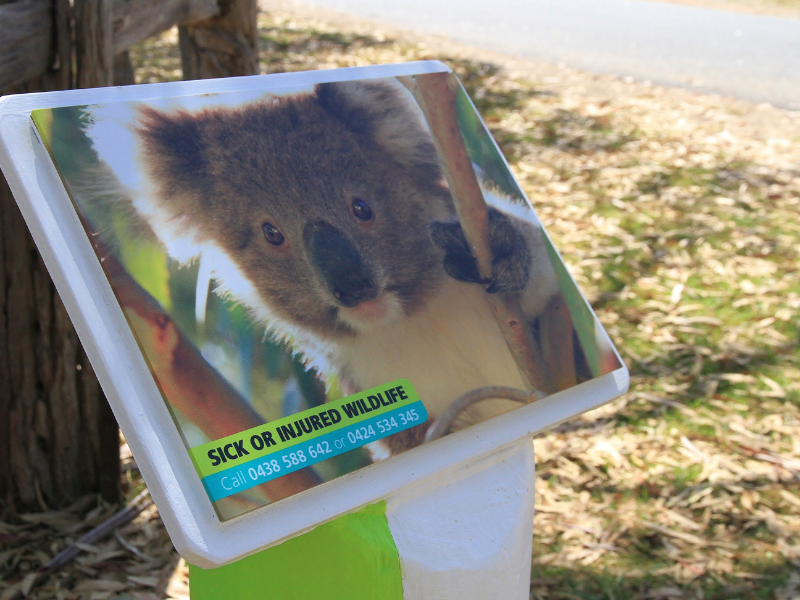Explore Raymond Island – See Koalas in the Wild
Raymond Island is one of the few places in Australia where you can see koalas in the wild up close.
Located off the coast of Victoria, the island is home to over 200 koalas, providing a safe environment free from predators.
For those looking to see koalas in their natural habitat, Raymond Island is the perfect destination.
A Brief History of Raymond Island’s Koalas
In the 1920s, the koala population of Victoria was almost wiped out by habitat loss, farming, and hunting.
To prevent the koalas from becoming extinct, some were relocated to islands including Phillip Island and French Island in 1953.
A local lady, Jessie Gamble, asked if some koalas could come to Raymond Island, and the government agreed. 15 males and 26 females were first released on the island, and the koalas have been living there ever since.
The koalas’ preferred food is the Manna gum tree, a slow-growing species. At times, the koalas on Raymond Island have struggled to find enough food.
To help increase the food supply and improve the environment, the Raymond Island Landcare Group have planted more than 70,000 seedlings.
The koalas have learned to share the island with people and are quite comfortable with us around.
Managing the Koala Population
In 2010, there were 600 koalas on the island, and food was scarce.
To reduce the koala population, contraception and relocation were used to lower birth rates. Today, there are over 200 koalas living on Raymond Island.
The population is regularly counted and managed by the Department of Energy, Environment and Climate Action, with the assistance of the local community.
Seeing Koalas on Raymond Island
For those looking to see koalas in the wild, Raymond Island is a great option.
The koalas are friendly and used to people, but it is important to respect their habitat and give them space. With the help of the Raymond Island Landcare Group and the Department of Energy, Environment, and Climate Action, Raymond Island is a safe haven for koalas and a great place to see them in their natural habitat.
